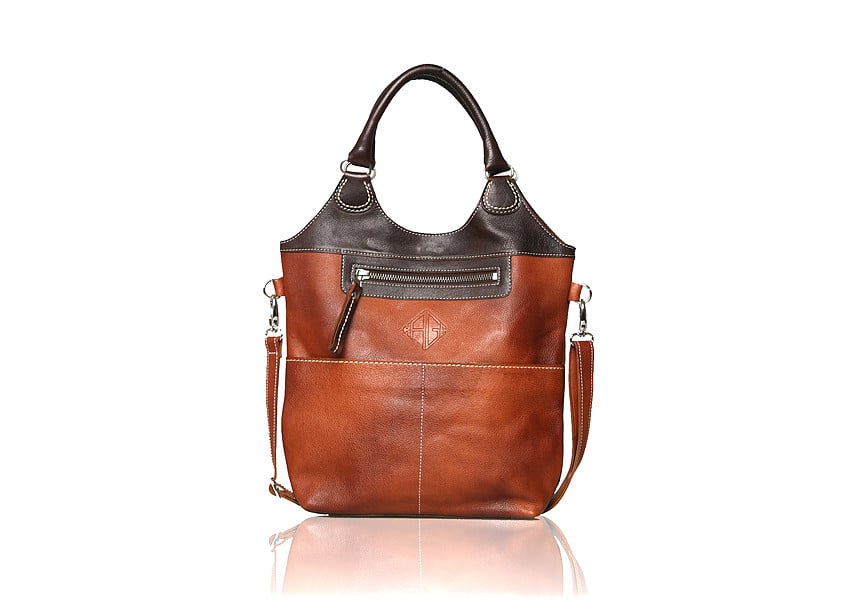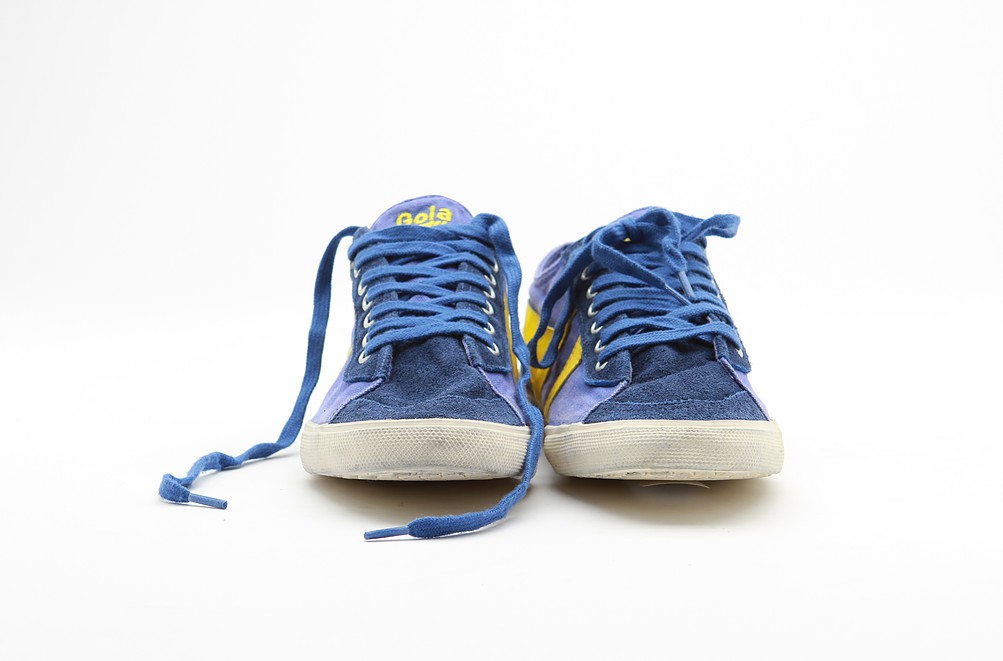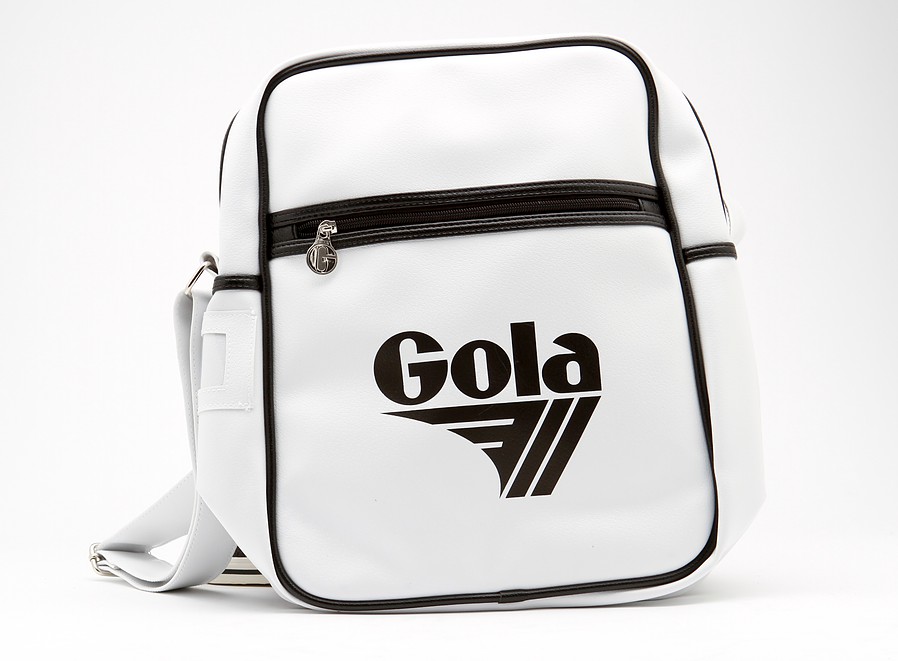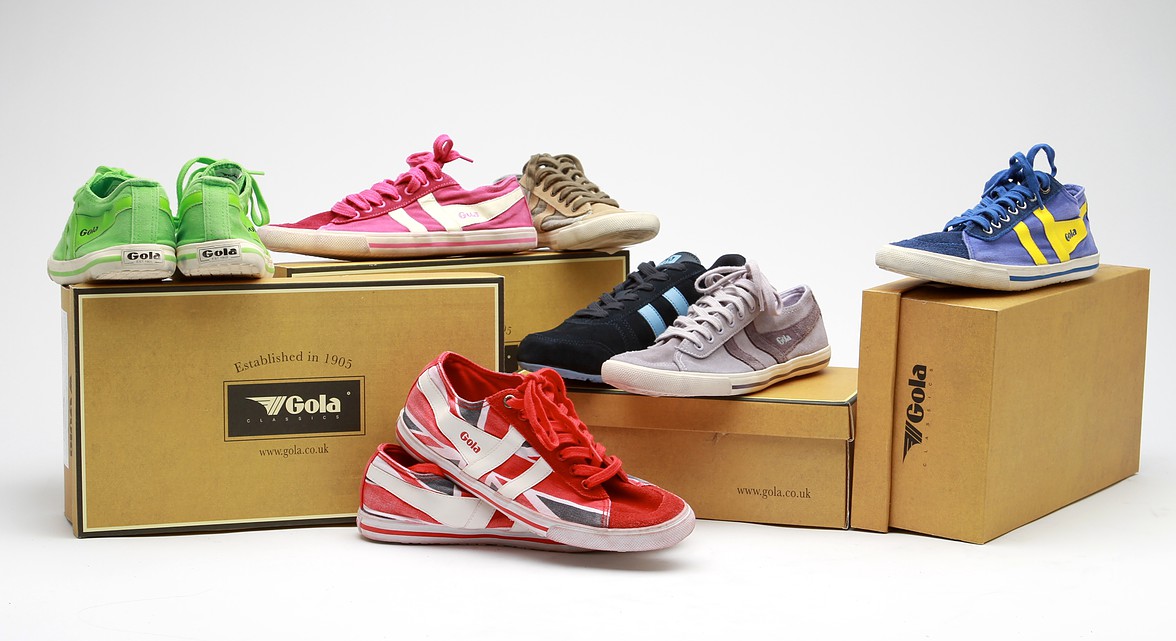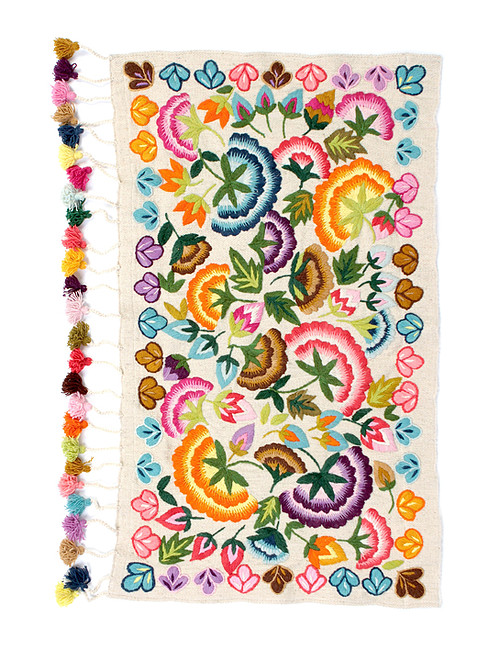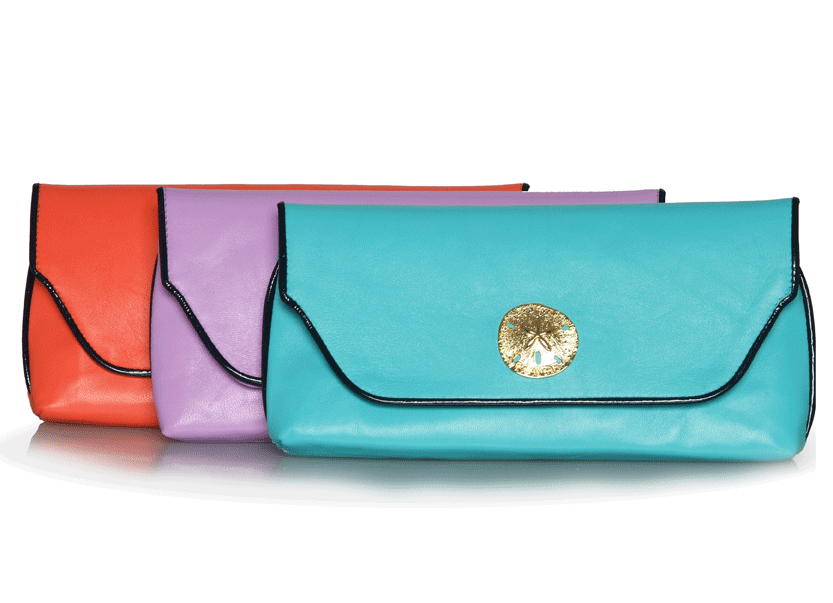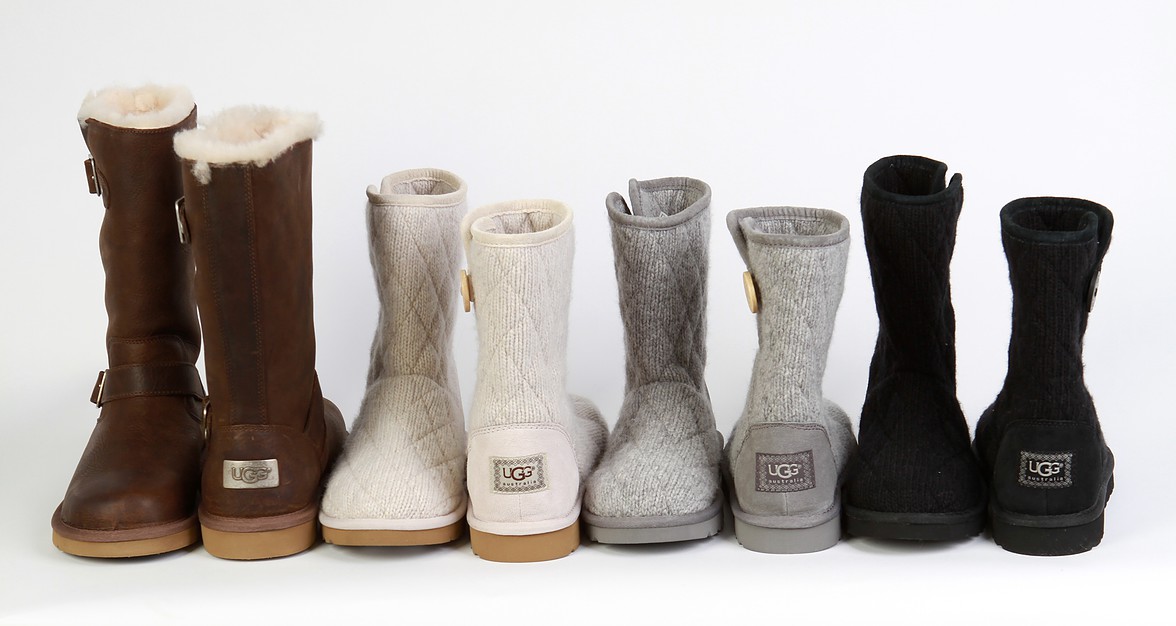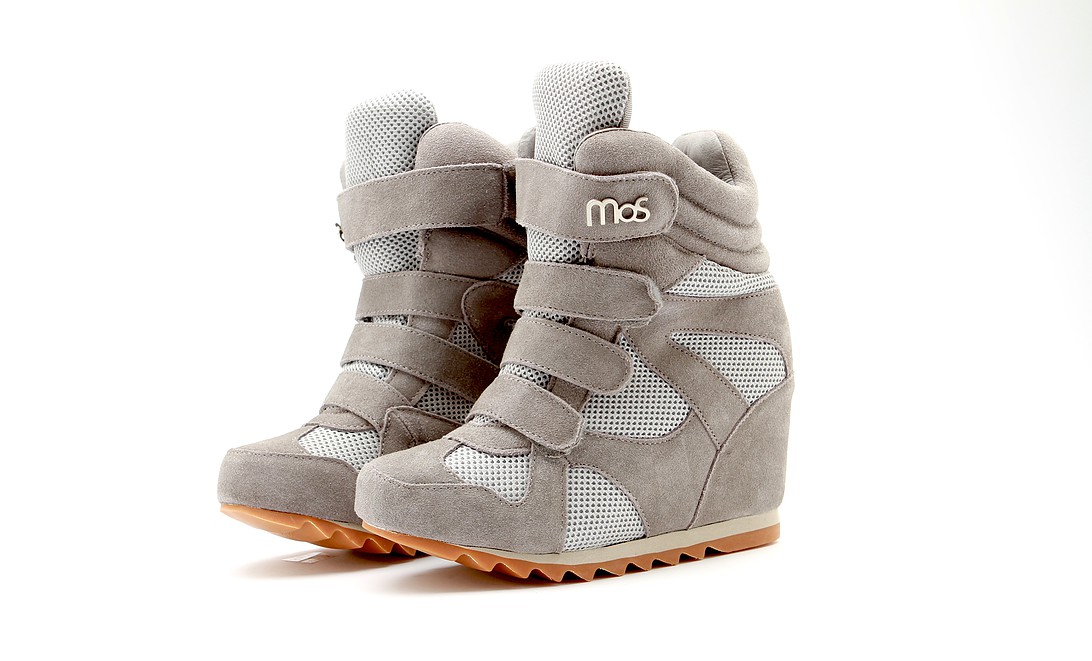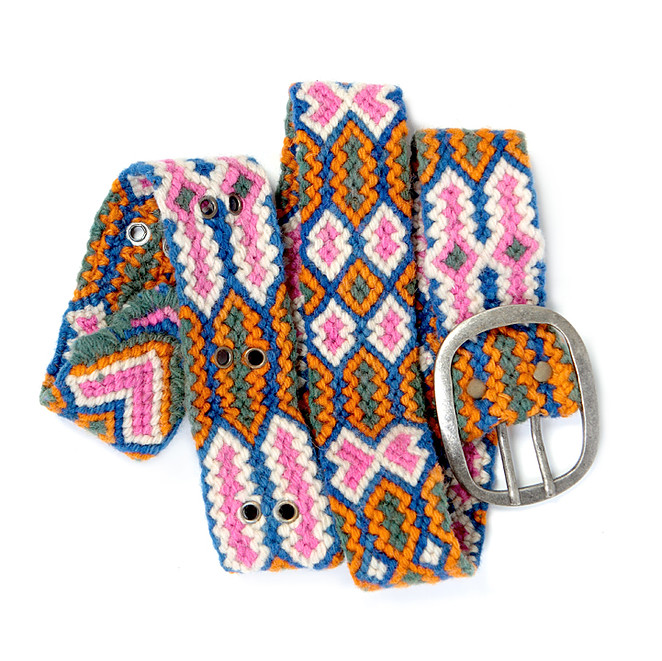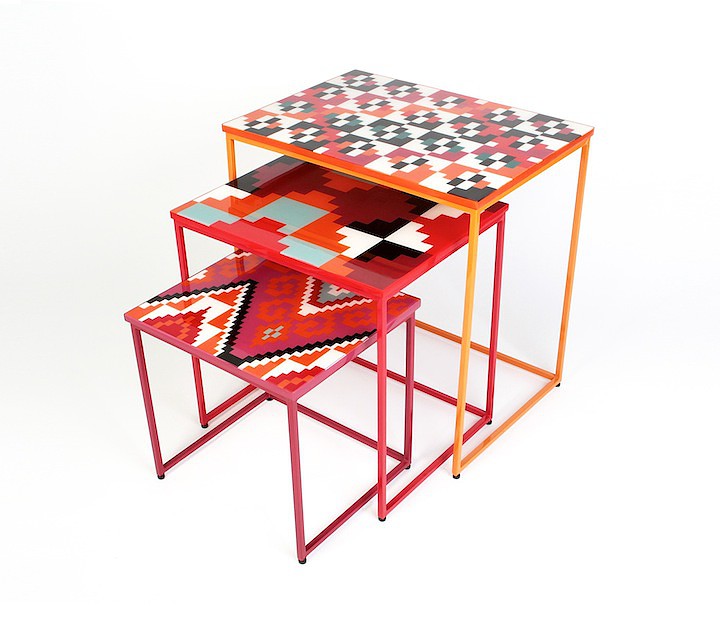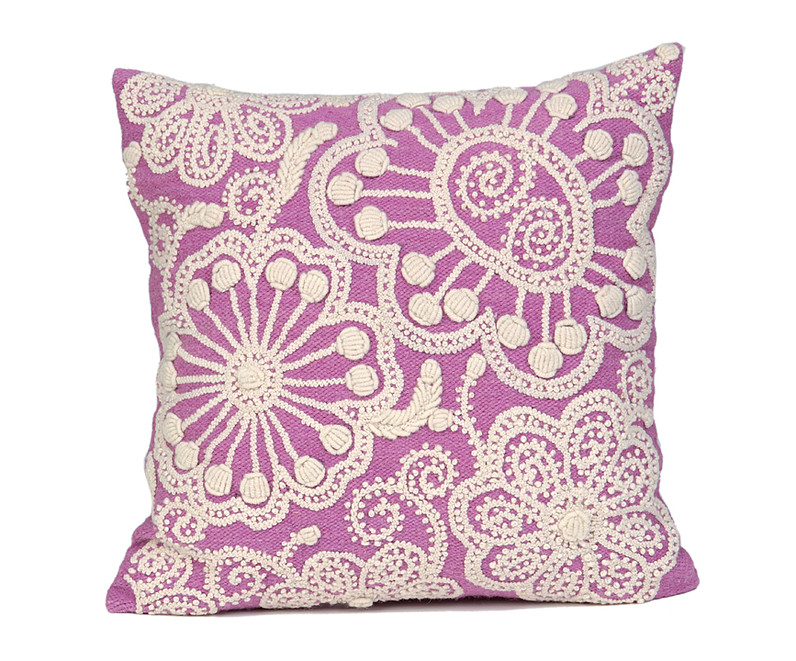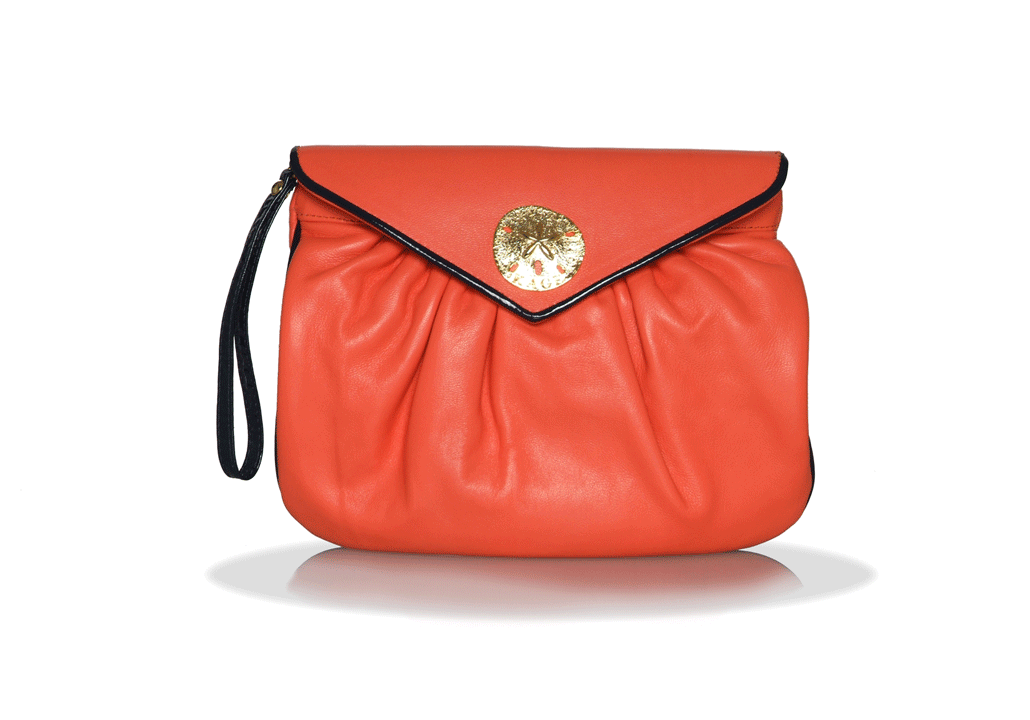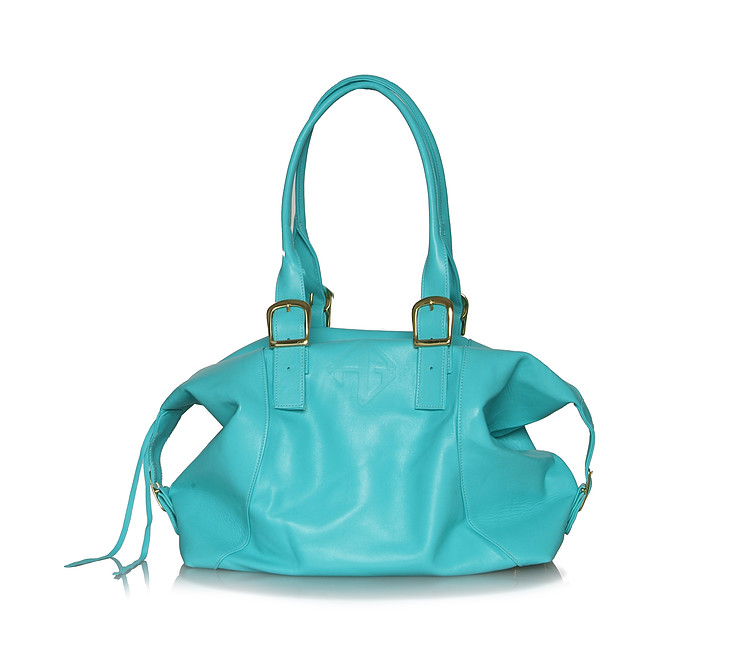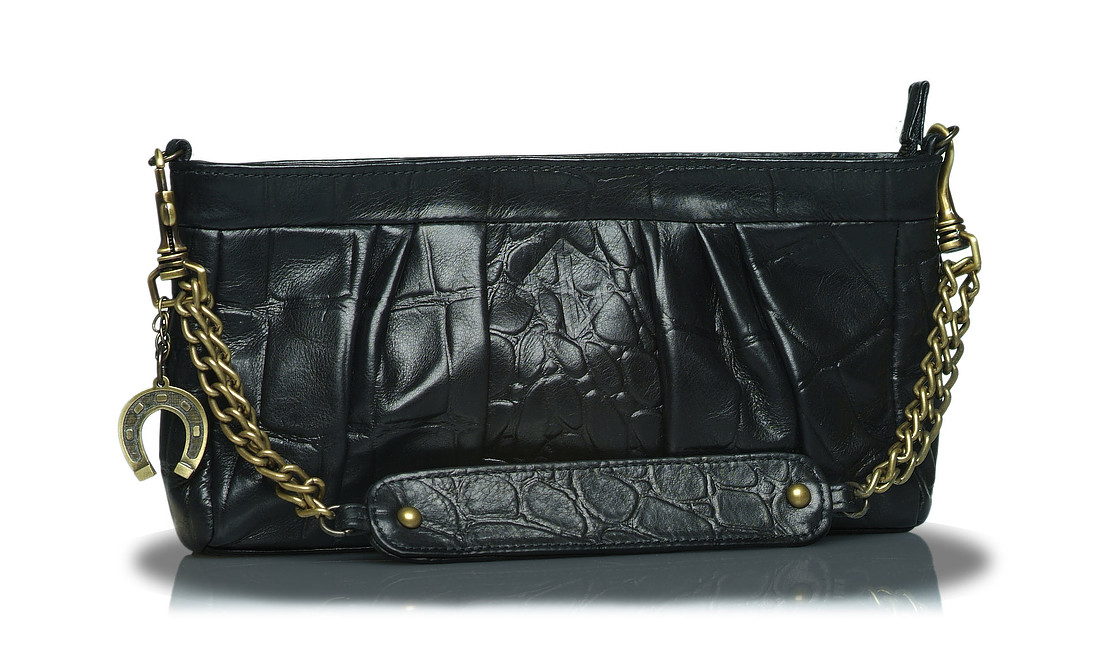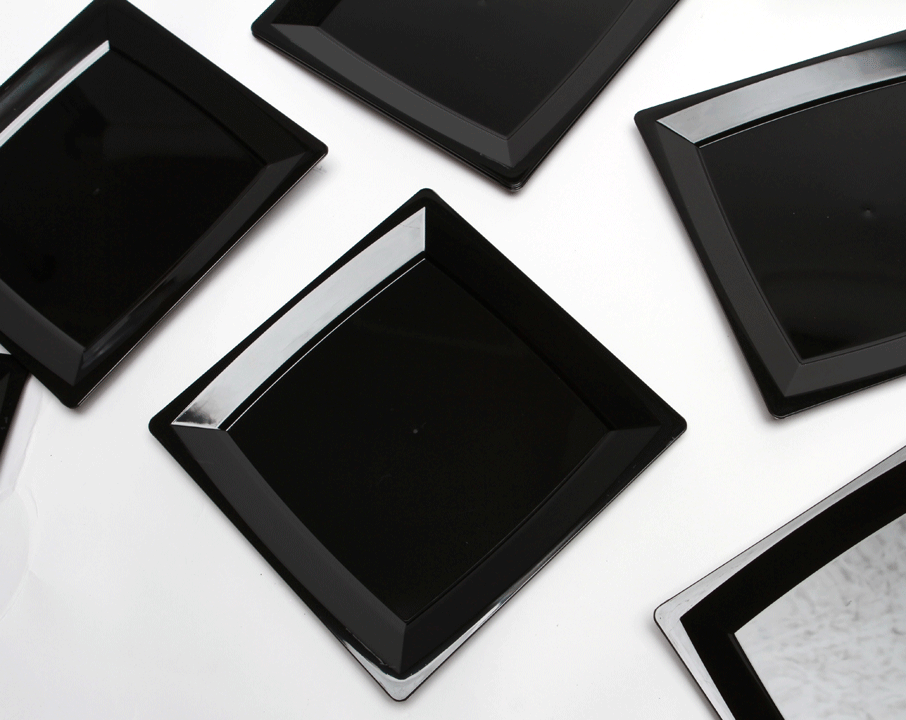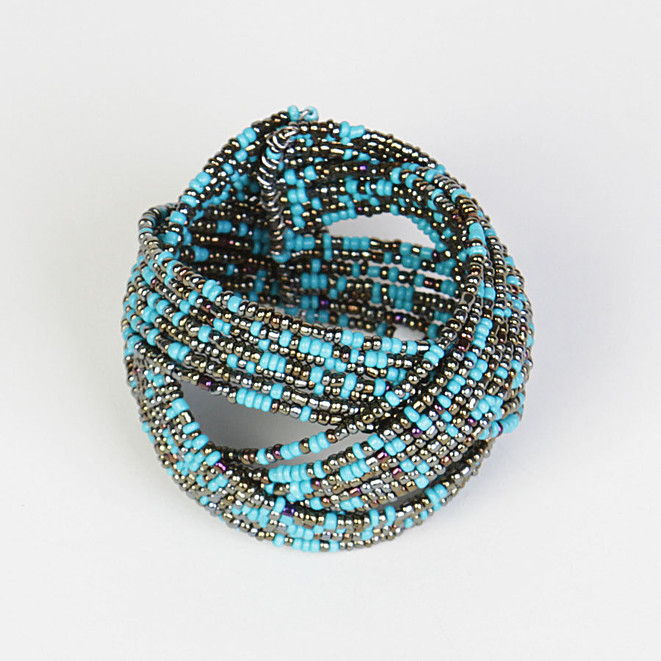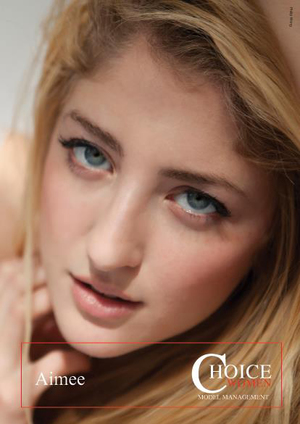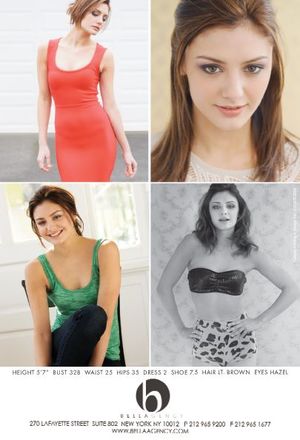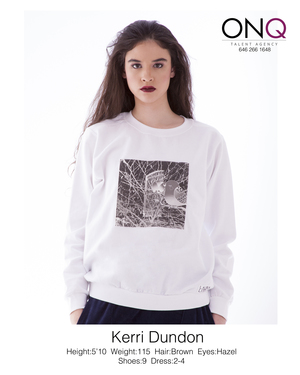The first step for getting into modeling and building your portfolio is to decide which type of modeling you’re going to do.
While fashion modeling and other categories have specific physical requirements, others are more flexible. Here are some general categories of the modeling industry:
FASHION MODELS
Fashion models must be tall, thin and young. Female fashion models are generally 5’9” to 6”, and their measurements are usually bust 33”, waist 23”, hips 33”. Male fashion models are 5’11” to 6’2”, with waist measurements between 29” and 32”; shirt size between 15-15 1/2 neck, sleeve sick between 32-34, and jacket size 40-42.
Fashion (Editorial) Models -
These are the models you see in fashion magazines like Vogue, Harper’s Bazaar, Elle, etc.
Runway / Catwalk Models -
Runway models are a minimum of 5’9” and must have precise measurements to fit the designers’ clothes. They must know how to walk the runway to showcase designer clothes to potential buyers.
Catalog Models -
This refers to the models you see in clothing catalogs or modeling clothing in online stores. Catalog modeling is slightly less restrictive in terms of measurements and height requirements.
COMMERCIAL MODELS
There are no height, size or age requirements for commercial models. They do advertisements, magazines, TV and more. This category includes many different types of looks and potential jobs.
SWIMWEAR / LINGERIE MODELS
Swimwear and lingerie models are curvier than fashion models. They are fit but not overly toned. They appear in swimwear catalogs, resort advertisements, suntan product ads, etc.
GLAMOUR MODELS
Glamour modeling generally refers to the posing — it is sexually suggestive. Pinup models and models who appear in magazines like Playboy are glamour models. They are generally curvy and have beautiful faces.
PLUS-SIZE MODELS
Plus-size models have become a part of the fashion and commercial modeling markets. They may be represented by agencies with plus-size divisions. They are generally determined by size (such as 12 and up) rather than measurements.
FITNESS MODELS
Fitness models should be athletic and toned. There are no size or height requirements, but fitness models must be in shape.They appear in ads for athletic wear companies, health and fitness products, and in trade magazines such as Runner’s World.
PROMOTIONAL MODELS
Promotional models book gigs at trade shows and conventions. They may be required to talk about their clients’ company or product and answer questions. They must be very outgoing and friendly.
